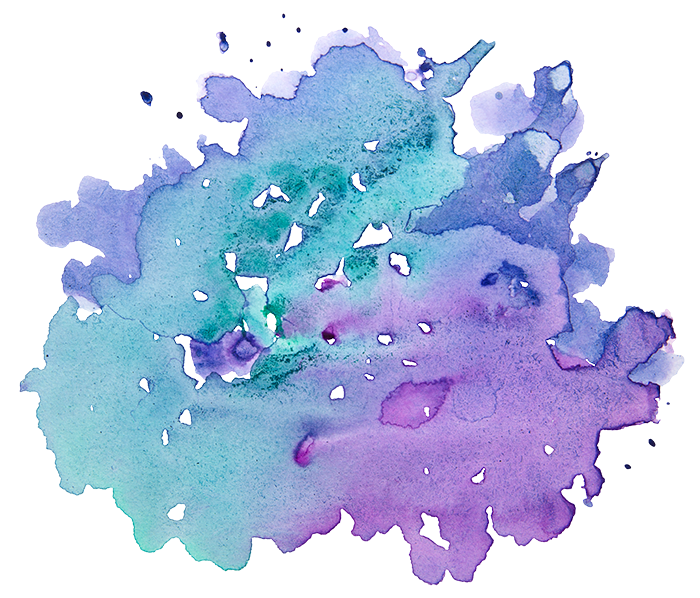By Cantor Rachel Stock Spilker, Scholar-in-Residence
 I imagine that most Mayyim Hayyim blog readers know that mayyim hayyim translates as “living waters.” But what does it mean for waters to be living? According to the physical requirements of a mikveh, mayyim hayyim refers to the living waters that come from a flowing source which has never been dormant, such as fresh spring water, rainwater, or melted snow. If we follow in the tradition of some of the rabbis, we can deconstruct the word hayyim, also spelled, chaim to read it as chai, life and yam, sea — a living sea, a huge expanse of mayyim hayyim. This seemingly boundless body of living water can lead us to imagine endless possibilities for how the mikveh can enhance our lives.
I imagine that most Mayyim Hayyim blog readers know that mayyim hayyim translates as “living waters.” But what does it mean for waters to be living? According to the physical requirements of a mikveh, mayyim hayyim refers to the living waters that come from a flowing source which has never been dormant, such as fresh spring water, rainwater, or melted snow. If we follow in the tradition of some of the rabbis, we can deconstruct the word hayyim, also spelled, chaim to read it as chai, life and yam, sea — a living sea, a huge expanse of mayyim hayyim. This seemingly boundless body of living water can lead us to imagine endless possibilities for how the mikveh can enhance our lives.
In addition to the halachic (Jewish legal) requirements of the mikveh, the term mayyim hayyim also reminds us that water is the source of all living things, and it has the power to purify, to restore, and to replenish life. At Mayyim Hayyim, Immersion Ceremonies help mark life transitions such as adjusting to being single after having been partnered, and transforming from being sick to being well.
The rabbis taught that living water can be compared to living Torah. By immersing in living water, we are immersing in Torah, be it inspired by Torah as a text, the Torah of our lives, or Jewish tradition. Water plays an important role in Judaism, which is replete with references to its life-giving and life-sustaining purpose. Water is crucial from the very beginning of the world. The opening chapter in the Book of Genesis (Bereishit) tells that at the very beginning of creation, the separation of water is what gave us heaven, shamayim, and earth.
The importance of water images continues through the Psalms which are full of language praising God. For example Psalm 98, verses 7 and 8, which are recited or sung each week during Kabbalat Shabbat, read:
יִרְעַם הַיָּם וּמְלֹאוֹ תֵּבֵל וְישְׁבֵי בָה
Yir’am hayam um’lo-o teivel v’yoshvei vah
The sea and the fullness thereof will roar, the inhabited world and the inhabitants thereof.
נְהָרוֹת יִמְחֲאוּ כָף יַחַד הָרִים יְרַנֵּנוּ
N’harot yimcha’u chaf yachad harim y’raneinu
Rivers will clap hands; together mountains will sing praises.
What beautiful images; Who wouldn’t want to be praised by rivers with clapping hands and by singing mountains?
As with most beautiful texts, the verses above have myriad musical settings. Please listen to the ones below and consider how each one represents the text in a different way. Does it ripple? Does it roar? Is it lilting or is it lively? Enjoy your exploration!
Musical Settings for Yir’am Hayam (from Psalm 98)
By Safam
By Eli Gernster, sung by Michael Solomon
By Nava Tehila
http://www.rabbishefagold.com/that-roar/ (scroll down the page for this one)
By Shefa Gold
L’hayyim! L’mayyim!
Rachel Stock Spilker is a cantor at Mount Zion Temple in St. Paul, Minnesota where she serves with her husband, Rabbi Adam Stock Spilker. She and her family are in Boston for six months on a sabbatical. Cantor Spilker has long admired the work of Mayyim Hayyim and is honored to be serving as a scholar-in-residence through the end of June. She and her husband have three children – Eiden (19), Mirit (17), and Liam (12), none of whom have immersed in a mikveh – yet!

